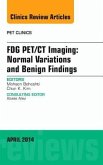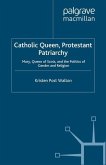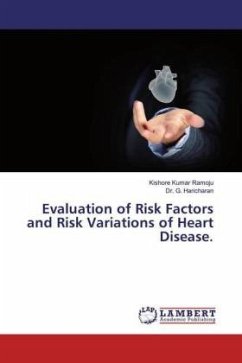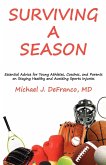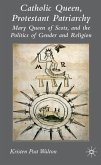The frequency of overall incident stroke hospitalizations in Scotland (1986-2005) showed significant variation by month of the year (highest in December and lowest in September) and by seasons (highest in winter and lowest in summer). The meteorological analysis of incident stroke hospitalizations in Scotland for all seasons indicated that daily average temperature shows an inverse & statistically significant relationship with number of incident strokes per day. A seasonal evaluation of climatological parameters reveals that mean average temperature shows statistically significant relationship for winter, summer and autumn season with an inverse direction obvious for winter only. Keeping the literature review in mind we conjecture that in context of first incident stroke in Scotland, low temperature during winter season is the only meteorological variable to watch for.



